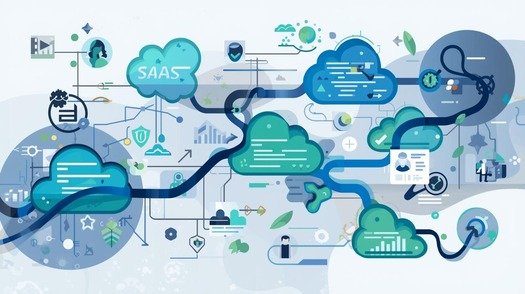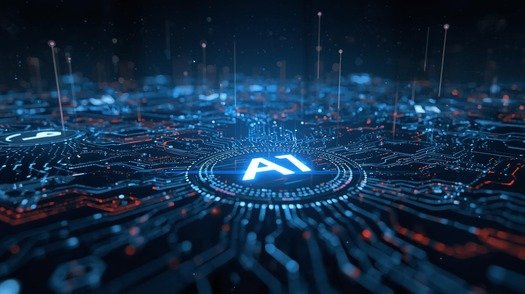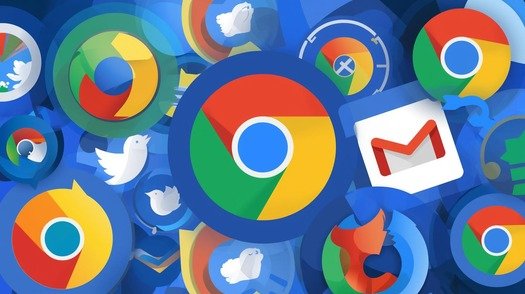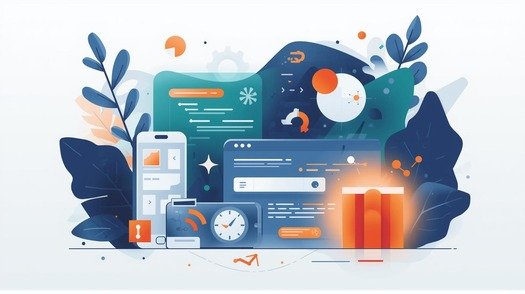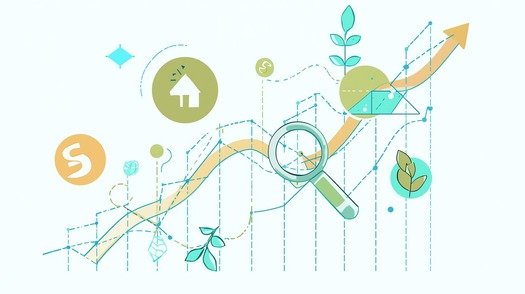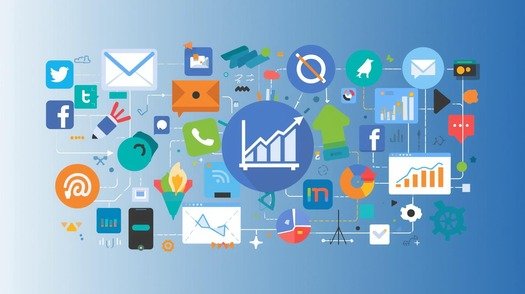🤖 The Rise of AI-Powered SaaS: How Artificial Intelligence Is Transforming the Software Industry
In the past decade, software has evolved from static tools into dynamic, learning systems — and Artificial Intelligence (AI) is at the heart of this transformation.
Today, a new wave of AI-powered SaaS (Software-as-a-Service) platforms is reshaping how businesses operate, automate, and grow. From content generation to predictive analytics, AI is changing not only what software does but how users experience it.
💡 What Is AI-Powered SaaS?
Traditional SaaS delivers functionality through the cloud — accessible anywhere, anytime.
AI-powered SaaS goes one step further: it learns, adapts, and improves with every interaction.
Instead of following static rules, AI-based systems analyze behavior, detect patterns, and make intelligent decisions — leading to smarter automation and personalized user experiences.
🚀 Key Benefits of AI in SaaS
1. Smarter Automation
AI reduces repetitive tasks and decision fatigue.
Customer service bots, automated report generation, and marketing workflows are just a few examples of how AI streamlines operations.
2. Predictive Insights
With access to large datasets, AI-powered tools can predict trends, user behavior, and potential risks — helping businesses act before issues arise.
3. Personalized Experiences
AI tailors user experiences in real time — adjusting dashboards, recommendations, or alerts based on usage data and preferences.
4. Cost Efficiency
By automating complex tasks, companies can reduce human errors and operational costs while improving productivity.
🧠 Real-World Examples
-
Notion AI: Enhances note-taking and project management with writing and brainstorming assistance.
-
Jasper AI: Generates marketing copy and creative content using large language models.
-
GitHub Copilot: Assists developers by writing and completing code in real time.
-
HubSpot AI: Automates lead scoring and customer relationship management.
These examples show that AI isn’t replacing software — it’s redefining it.
⚙️ The Tech Stack Behind AI SaaS
Building an AI-powered SaaS requires a combination of:
-
Frontend: React / Next.js for responsive UI
-
Backend: Node.js, Supabase, or Firebase
-
AI Models: OpenAI, Anthropic, or custom-trained LLMs
-
Automation: LangChain, Zapier, or Make
-
Infrastructure: Vercel, AWS, or Docker for scalability
This modern stack enables developers to quickly launch intelligent, cloud-native systems with integrated AI capabilities.
🔮 What’s Next for AI SaaS?
The next generation of SaaS products will be autonomous systems — tools that can think, reason, and act with minimal human input.
Expect to see self-learning analytics dashboards, adaptive CRMs, and AI-driven design assistants in the near future.
For developers, this means the focus is shifting from building functions to training intelligence.
🌍 Final Thoughts
AI-powered SaaS is no longer a buzzword — it’s the new foundation of modern software.
As the world becomes more data-driven, companies that integrate AI early will stay competitive, agile, and innovative.
At the end of the day, the question isn’t “Will AI change SaaS?”
It’s “How fast can you adapt to it?”


